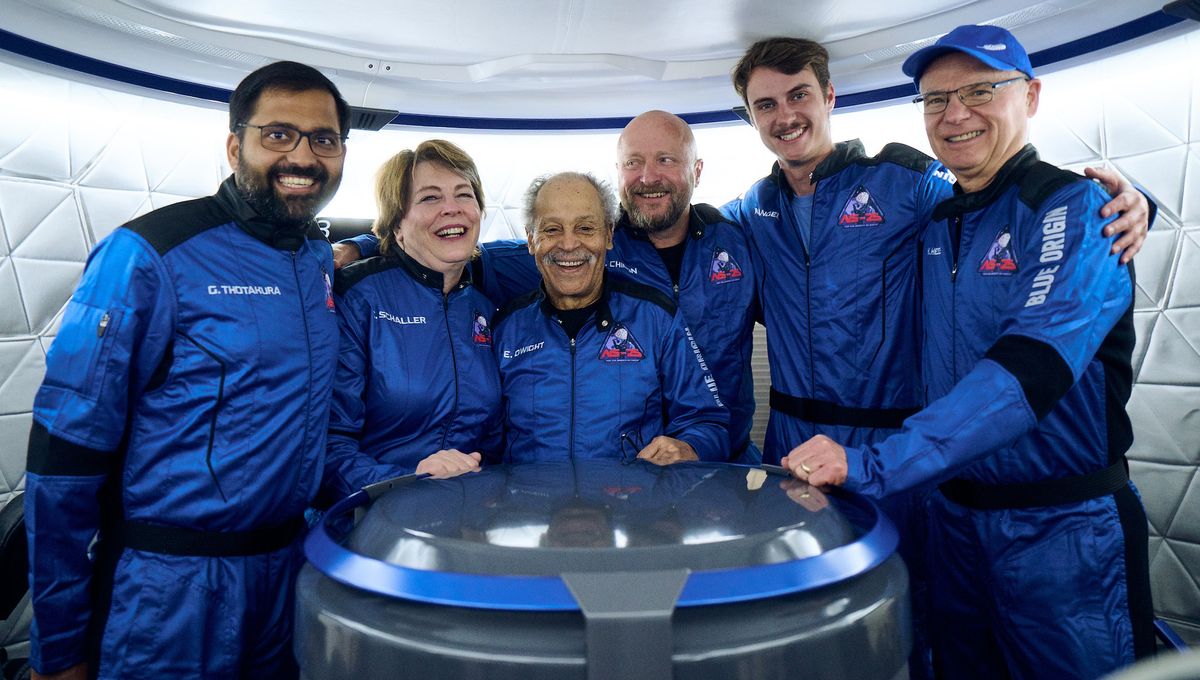
Ed Dwight is truly a modern-day Renaissance man. At the age of 90 years 8 months and 10 days, he was able to add another achievement to his illustrious and varied CV. He got to space, traveling on a suborbital spaceflight, Blue Origin’s New Shepard NS-25. He beat actor William Shatner to the record of the oldest person who has ever been to space.
Dwight is a talented sculptor – with 129 memorial sculptures and over 18,000 gallery pieces under his belt – as well as an author. He graduated cum laude in aeronautical engineering and has a past as a test pilot which earned him the rank of captain in the US Air Force. And his skills and talent took him one step away from becoming NASA’s first Black astronaut.
In 1961, he was the first African-American to enter the Aerospace Research Pilot School, the pre-astronaut training school from which NASA picked astronauts. However, he was not selected and he left the Air Force. The Guardian reported that he said that “racial politics forced him out of NASA and back into the regular officer corps.”
His seat on NS-25 was paid for by Space for Humanity, a non-profit that aims to expand human access to space by sending interesting people to space to experience the overview effect. The rest of the crew included Mason Angel, Sylvain Chiron, Kenneth L. Hess, Carol Schaller, and Gopi Thotakura.
New Shepard has flown 25 times although not always crewed. To date, 37 people have been brought to beyond the Karman line, the internationally recognized (but truly arbitrary) edge of space located 100 kilometers (61 miles) above sea level. This was the first New Shepard Crewed flight since August 2022.
An uncrewed flight in September 2022 experienced an engine failure and then a fire, grounding the fleet. Uncrewed flights resumed last December.
This latest flight lasted for almost 10 minutes, and the people on board experienced several minutes of weightlessness in their ascent.
Their descent had a little drama as well. Only two of the three parachutes actually deployed. While launch commentators assured that the capsule could land safely with just two, it might have made for a slightly harder landing than if all three functioned.
Source Link: Ed Dwight, NASA’s First Black Astronaut, Finally Just Reached Space 60 Years Later